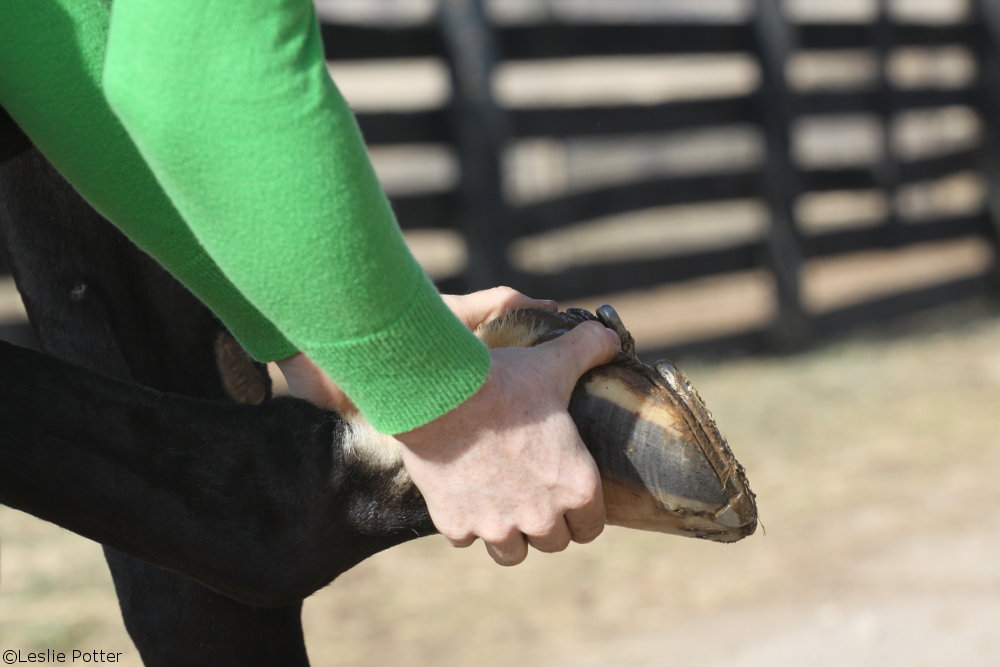While heel pain is a component of navicular syndrome, it is very important to point out that there are a multitude of other structures in the hoof that can cause heel pain, such as the suspensory ligament of the navicular bone, the impar ligament that connects the navicular bone to the back of the coffin bone, and other collateral ligaments.

Radiographs don’t always solve the riddle, as they do not give information about these soft tissue structures. In recent years, magnetic resonance imaging (MRI) has become the gold standard for diagnosing lameness of the equine foot. MRIs provide information about both the soft tissue and bone structures in great detail, and many horses who would have been classified as having navicular syndrome are found to have other problems within the foot.
While many of the treatments for soft-tissue heel pain are similar to those used for navicular syndrome, thorough diagnosis is the only way to ensure proper treatment. Diseases of the collateral ligaments in the hoof improve greatly by using specialized shoes to more evenly distribute the weight across the hoof. Not knowing the exact cause of your horse’s heel pain may lead to improper shoeing techniques and a delayed return to full function.





